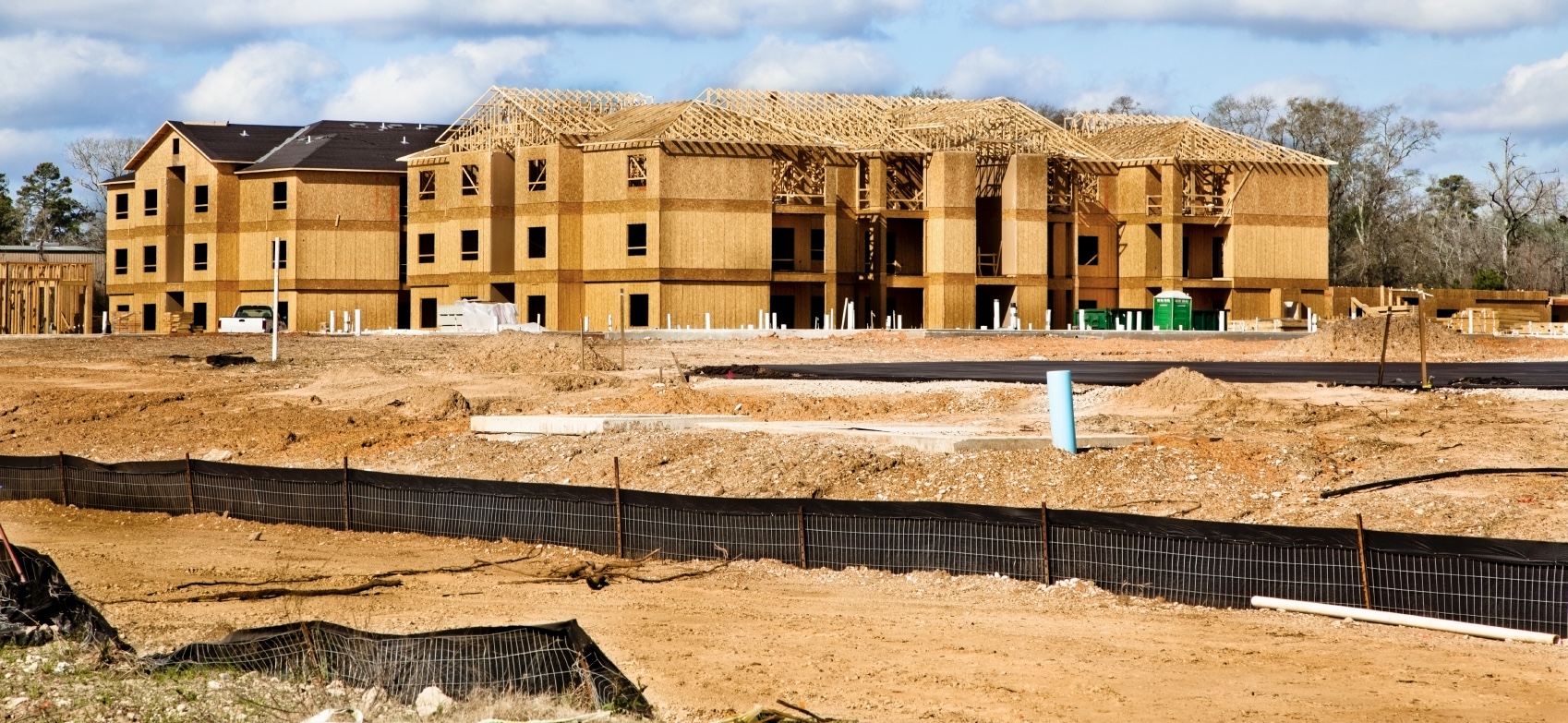
Commercial construction decline lags residential
The 13 economists who track the real estate construction industry for the Greater Phoenix Blue Chip Economic Forecast are projecting that the metro area's residential market will bottom out in 2009, however down times will continue on for the multi family and commercial sector. The Greater Phoenix Blue Chip Economic Forecast appears quarterly on Economy@W. P. Carey, a new web site offered by K@WPC that covers the economy in the western United States.
The single-family construction market will hit bottom in 2009, but the multifamily and commercial markets will continue to head down, according to a panel of 13 economists who watch the construction market for the Greater Phoenix Blue Chip Economic Forecast.
Single-family permits are expected to decline another third this year from the 12,500 units of single-family housing permitted in 2008, according to the panel. In 2010, however, the panel anticipates an increase of more than 50 percent. If so, the level of permits in 2010 still will be very low by historic standards (some 80 percent below the 2005 peak), but at least the market would be moving in the right direction.
The balance of the construction market is a different, darker story. Forecasters calculate that multifamily activity will slow significantly in both 2009 and 2010. Indeed, permits could be down more than 50 percent this year, and vacancies may remain in double digits in both 2009 and 2010. Absorption should be positive in both years, but only modestly so this year.
The problems anticipated in first quarter for commercial real estate have begun, and conditions are expected to deteriorate further in both 2009 and 2010. Office construction in 2009 is forecasted to drop below three million square feet, and office vacancy rates may hover near the mid-twenties in both 2009 and 2010. Construction in 2010 is projected to be less than a million square feet.
Absorption in both years is likely to be negative in response to substantial job losses and conditions in the economy as a whole. The net result is vacancy rates in the 23 percent range in both 2009 and 2010. Forecasters think retail will experience similar down conditions. Retail construction is expected to decline dramatically from 6.3 million square feet last year to approximately 3.8 million this year and 1.5 million next year.
The forecast for vacancy rates is in the 12 to 13 percent range in both years. Absorption, for the first time in years, will turn negative. Indeed, absorption is expected to be substantially negative in 2009, with the number of square feet occupied declining by nearly 2.7 million square feet, followed by a drop of another million square feet in 2010. The industrial market is also expected to be weak.
The panel says construction will slow significantly in 2009 and again in 2010. They expect vacancy rates to move up and absorption decline substantially in both years. — Elliott D. Pollack is CEO of Elliott D. Pollack and Company in Scottsdale, an economic and real estate consulting firm established in 1987. The views expressed in this article are not necessarily those of the university or the W. P. Carey School of Business.
Latest news
- Ethical leadership: Good policy may prompt bad behavior
New research findings reveal how managerial approaches to integrity influence team morale and…
- W. P. Carey alum Paridhi Saboo found passion for analytics and real estate during undergraduate journey
Thanks to the many opportunities available to students at W. P.
- Here's how artificial intelligence is impacting health care
Artificial intelligence is rapidly becoming integral to every facet of health care, from…